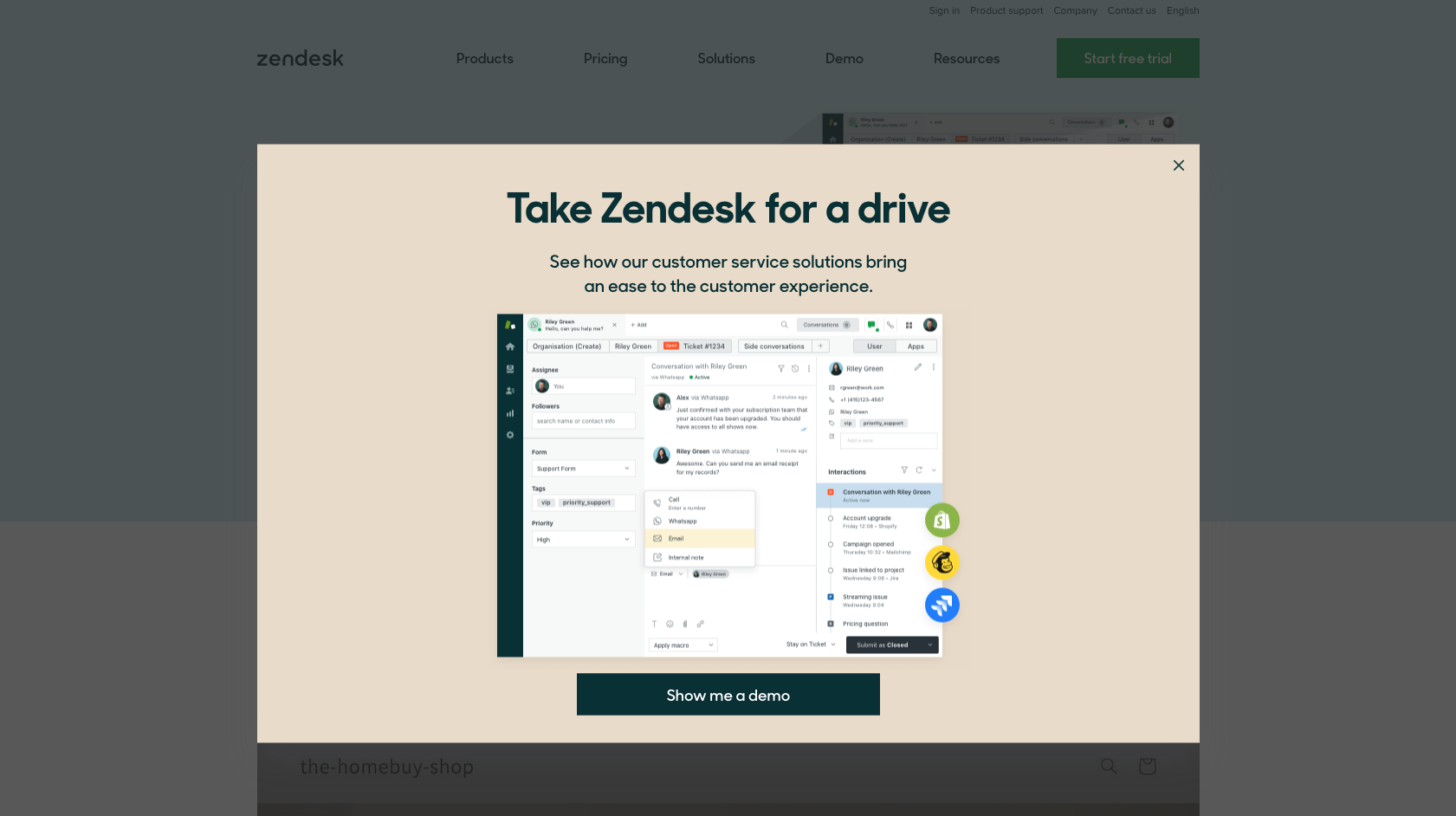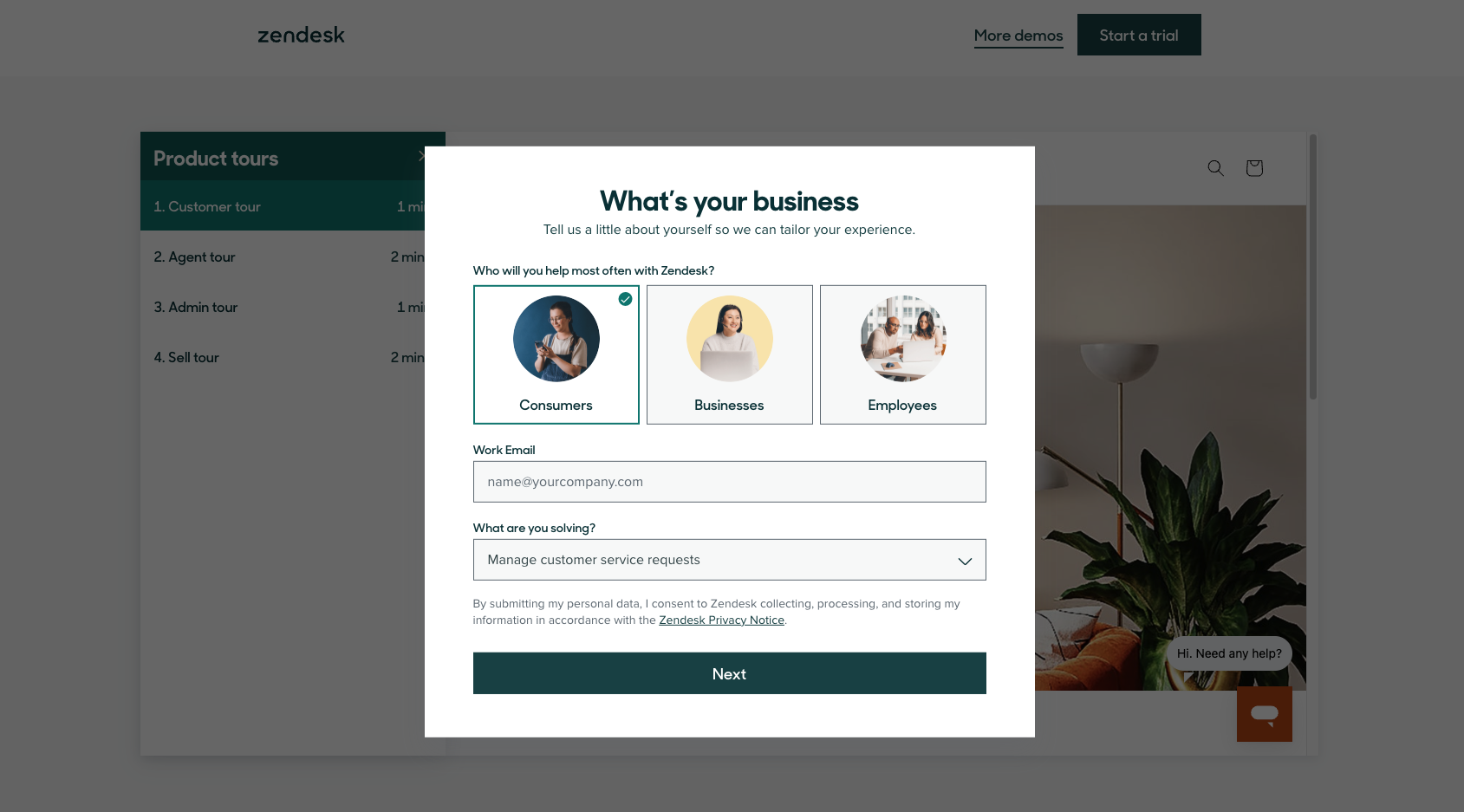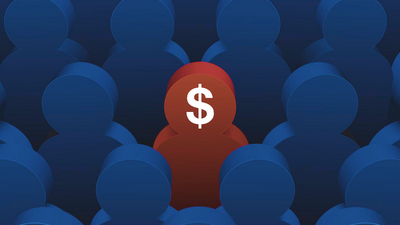Imagine you're a B2B SaaS founder looking to sell to enterprise clients in the US. You're building your product and Go-To-Market (GTM) motion while acquiring early customers. You’ve heard of Airtable, Zapier, and Notion successfully using PLG-led GTM. But you aren’t sure if PLG is right for your business. Should you start with PLG or hire for outbound sales? How much of your product should be ready for you to double down on PLG?
This article aims to make it easy for you to build a PLG-led GTM by spilling earned secrets that founders and investors learned the hard way. These earned secrets are based on interactions with founders such as Asad Khan and Jay Singh of LambdaTest, Rajesh Razdan of Devtron, and Sanjay Nath, Blume Investment Partner. LambdaTest is a Blume portfolio company that offers a unified digital experience testing cloud for web and mobile testing. Devtron is a modern deployment platform that helps teams deploy and manage applications in Kubernetes clusters.
So, what is PLG, and why should you care? PLG stands for Product-Led Growth, a go-to-market strategy for software products where a customer signs up for your product using their card and starts using it instantly rather than talking to your sales teams and going through demos, price proposals, negotiations, etc.
Should I do PLG?
In the early stages of building a B2B SaaS startup, it is unclear if a PLG-led GTM will work for you, as it depends on several factors, including the nature of your product and target audience. Here, we look at four crucial factors:
- Horizontal SaaS vs. vertical SaaS: Vertical SaaS products are often designed for specific use cases and target a small set of initial customers, meaning they need large ACVs to sustain. This requires working closely with early customers and personalizing the product for them, making the PLG-led GTM approach difficult for vertical SaaS startups.
- Ticket size: PLG works only at small ticket sizes, say a few hundred dollars annually. As ticket sizes increase, customers want to talk to someone before purchasing.
- Product experience: Easy-to-set-up and low-time-to-value products are a good fit for PLG-led GTM. If your product is difficult to set up, PLG will not work, especially when selling to devs, as they write you off in a few minutes if the first experience is not great enough.
- Product category: Is your product in a category where customers typically search for products online? For example, developers search for container management tools online, but CFOs typically don't search for procurement tools online. They usually attend industry conferences and roundtables to learn about new products.
However, in many cases, you may have no choice but to default to PLG in the 0-to-1 stage as you have limited capital and team, and selling top-down to enterprise customers is a slow and expensive process. Therefore, PLG may be the only viable option for acquiring your first customers.
PLG-led GTM in the 0-to-1 stage
While there is no one-size-fits-all playbook for PLG-led GTM, these four earned secrets can be useful for you - getting the first 100 customers, building a hook at the top of the funnel, managing the mid and bottom of the funnel, and managing pricing. We unpack these below.
Get the first 100 customers quickly
As an early-stage B2B SaaS founder, it's important to acquire the first 100 customers quickly without worrying too much about your product's ACV or exact price. In most cases, the first version of your product is basic, and your first customers help you refine it for future scaling. Rather than negotiating with your early customers to extract higher prices, understand how they use your product and what issues they run into. Early customers appreciate transparency, and you can tell them the software is WIP rather than claiming to have a best-in-class product. Share your product roadmap with them or at least your vision about where you are heading to build trust in the conversations with your early product adaptors.
When reaching your customers, instead of feeling overwhelmed by various options like SEO, social media, community, paid ads, and industry events, focus on the spaces - offline or online - where your customers are hanging out and double down on those. For example, LambdaTest found some of its early customers through Quora, product review sites, Medium.com, and other dev-focused publications sites. They also launched their products on product hunt. They got 200 to 300 signups from these funnels, which at a 10% conversion rate, got them 20 to 30 new customers every month.
Rajesh from Devtron suggests that during the 0-to-1 stage, finding the right buying behavior patterns is more important rather than differentiating your product from others. He believes that founders should speak to their early customers and identify these patterns within the first 4 to 6 months by asking things like - how they found your product, who is buying it, what they are buying it for, how they are using it, and if they are using it for use cases beyond what they bought it for. Once you identify the right patterns, build sales funnels, content, and landing page copy around them.
Contrary to popular belief, it is better to sell to unknown customers who find you independently at this stage rather than referred customers. The latter may see their purchase as doing you a favor and will likely make many customization requests that will take up considerable engineering bandwidth, a distraction you can't afford at such an early stage.
As you acquire your early customers, a key metric you should care about is support tickets/customer issues. Support tickets are a good proxy to tell if your customers are using your product and if you're progressing toward product-market fit. If they reach out to you with issues in your software, it shows that they want to use it and are willing to give you a chance to improve it. But if you don't get any support tickets or customer calls, that's a sign that they think your product is really bad and not worth using.
Acquiring the first 100 customers should not be mistaken as achieving Product-Market Fit (PMF). For horizontal SaaS businesses, many more customers are needed before reaching the PMF trajectory. Many investors believe that horizontal SaaS businesses require at least 1,000 paying customers with more than 50,000 to 60,000 signups, most of which come from self-discovery rather than referrals, to reach anywhere close to PMF.
Build hooks a the top of the funnel
In a PLG-led GTM, users must discover your product before using it, and this proverbial "Top-Of-The-Funnel" (TOFU) can make or break your product. Here are two ways to help prospects find your product: content and free tools.
Content creation should precede the product launch to build an audience. Many founders make the mistake of focusing solely on the product and creating content in a panic when sign-ups aren't happening. Instead, launch your first blog at least six to eight months before your product's launch and continue to publish blogs, product updates, industry trivia, community threads, etc. This will help build an audience so that you don't launch to crickets on D-day. Moreover, getting ranked on Google and SEO takes time, so the more time you give to your content, the higher the chances of prospective customers finding it when they search.
LambdaTest began creating content before writing a single line of code. On day 1, apart from ten developers, they had four content marketers. Although the founders seeded the content but could not write all blogs. They scaled the content by hiring in-house copy-editors and outsourcing the writing task to many freelancers, getting scale, speed, and quality control.
Offering prospects free tools is another way to build traction at the TOFU and get prospects into your PLG sales funnel who can be converted to paid users later. For instance, Snyk, a SaaS for devs to find vulnerabilities in their apps, built a vulnerability database listing security risks in open-source packages and how to address them. Devs can search for the package they are using in their app to check known vulnerabilities before using it. Another example is Hubspot’s free sales and marketing courses and certification on inbound sales, content marketing, and revenue operations.
When selling to devs, content can get you traffic, but it is not sufficient for you to win. For them to discover your product and enter the PLG sales funnel, you’ll need to launch free tools that solve existing pain points, educate them, or provide certifications that make them better at their daily activities.
Amp-up conversion at the mid and bottom of the funnel
While great content and free tools will get you traction at the TOFU, don’t fixate only on getting traffic at the top. It is equally important to tweak the middle and bottom of the funnel to ensure that once the prospects come in, they also put their cards to purchase your SaaS.
First things first - different funnels have different types of customers with varied conversion rates, so don’t benchmark them on similar metrics. For instance, a community-led funnel has a low conversion rate as prospects aren’t engaging with you to buy your product, and you shouldn’t aggressively sell to them. Rather let them be a part of the community ecosystem, and they’ll pay you when they are ready to buy your product. Similarly, if you create educational content about your product/category, such as explainer videos, don’t expect the viewers to pay you immediately. On the other hand, traffic coming through search has the highest chances of converting into paid customers, especially if they are searching for keywords that have your competitors in it or your product category in it.
Your landing page should align with the search intent of your prospects to make it easy for them to buy the product they came looking for. For instance, if you are an HRtech SaaS selling global payroll, contractor payroll, and benefits management, and most of your traffic comes from searches for contractor payroll, then make it the hero of your landing page. However, this is not a one-and-done exercise, and if tomorrow your traffic comes from searches for benefits management, you should have the flexibility of moving it up the landing page. Tools like Amplitude, Optimizely, Adobe’s marketing cloud, Hubspot, etc., can help you here.
You should also unlock ways to increase sign-ups/reduce drop-offs at the bottom of the funnel through innovative uses of CTAs. While most of us believe users hate pop-ups, Zendesk uses exit intent pop-ups to reduce drop-offs and improve conversion rates through a clever CTA. Instead of asking a prospect who is dropping off the page to do a high purchase intent activity like talk to a sales rep, schedule a demo, or start a free trial, it slides them into a low purchase intent ‘watch a pre-recorded demo’ page, educating them about the product and improving sign-ups for the free trial at the end of the demo.
Lastly, if your users want to churn, don’t use any dark UX patterns to make it difficult for them. Rather, have a straightforward offboarding process with customer feedback. This ensures they don’t hate you, with you retaining the right to communicate with them and win them back when they need your product. As Jay from LambdaTest says, no customer churns indefinitely in the SaaS business. You can keep retargeting them and bring them back to your product if you respect their decision to churn.
Experiment with pricing
At the 0-to-1 stage, you have a luxury that you will not have once you become big - you can play around with your pricing till you land on something that works for you and your customers. While it is crucial to experiment with pricing early on, it is important to be mindful of how you approach your experiments.
For instance, maintaining price parity with your competitors, even if that breaks your unit economics, is not sustainable. Your unit economics should dictate your price, and if your price is coming out to be way more than your competitors, then you need to tweak the business model to improve unit economics rather than matching your competitor’s price blindly.
On the other hand, it’s perfectly alright to sell your product at a lower price than your competitor, if your unit economics allow, without worrying that it will make the product look inferior to them. While this is true in the textbooks, real-life customers don’t view cheaper products as poor. You are likely selling fewer features than your competitors, and a lower price makes intuitive sense. Also, your early customers are risking their time and money to come to you, and a lower price somewhat mitigates that risk. Because no one got fired for buying an IBM, people also don’t get fired for buying lower-cost replacements for existing software.
Lastly, keep your pricing simple - have segregated pricing tiers on per seat, usage, or similar basis; bundle the features in the pricing tiers; and do not make the customer pay separately for additional features. For a PLG-led GTM to work, the pricing page has to be simple enough for a customer to take out their credit card and punch in the details without adding the cost of additional features in their mind to arrive at the total cost of ownership. Another earned secret - don’t offer customized pricing right now. They should see what they need to pay without the option of ‘talk to us’ for a customized pricing plan.
A few quick tips
Before we end, here are a few things to keep in mind when going for PLG-led GTM.
- Make the most of your limited time and resources in the 0-to-1 stage. Instead of spending it on perfecting your product, ship the first iteration to customers and improve it with their feedback.
- While selling through PLG, don’t get stuck on the PLG label. For instance, while LambdaTest used PLG to sign up 1000s of customers, their first 100 customers came from one of the co-founders, Jay, cold-calling customers. They knew they could not scale cold-calling, so they kept doubling down on PLG in parallel but didn’t let the label define their GTM.
- When you are small, ask your tech team to help you write content for 20%-25% of their time, as they can create highly relatable content for other devs. But once you start scaling, bring it down to zero for them to focus exclusively on the product. For a dev tool SaaS company where you are selling to dev teams, a hack is to find a marketing leader who was earlier a dev as they will connect with the audience better than someone coming from a vertical SaaS or B2B services company.
- Completely collapse the time between purchasing your product and getting the first aha moment; otherwise, people will churn immediately and not come back easily. If your product needs a complex onboarding process for regulatory reasons, avoid using PLG for your GTM.
- If your product relies on connections with several products, you must build those integrations before doing PLG. Asking the customers to integrate other apps into your product through code or complex steps creates too much friction and increases churn risk. Ideally, have a dedicated integrations team that sets up single-click integrations for the most popular apps before pushing the pedal on PLG-led GTM.










